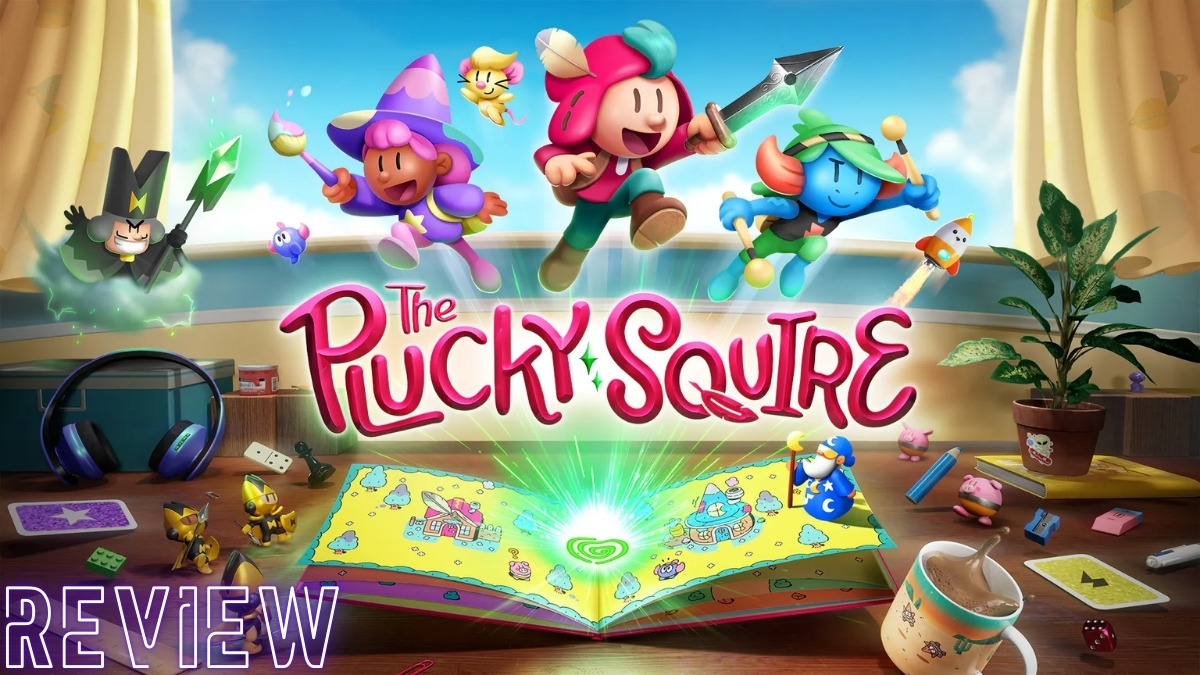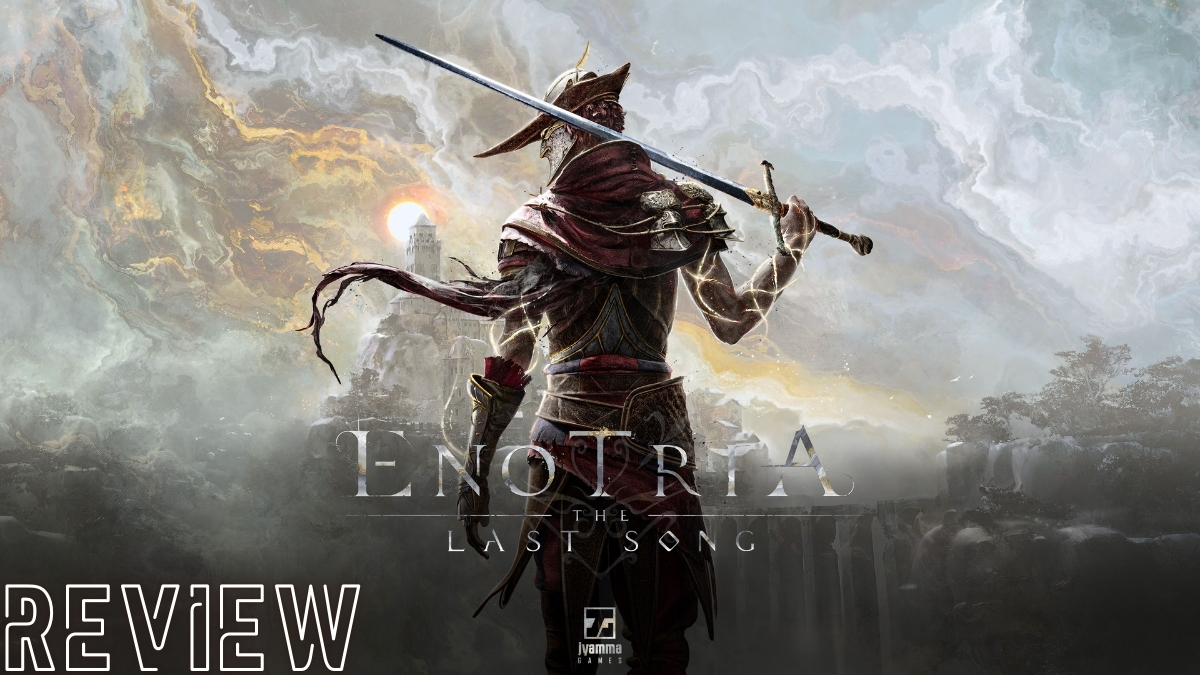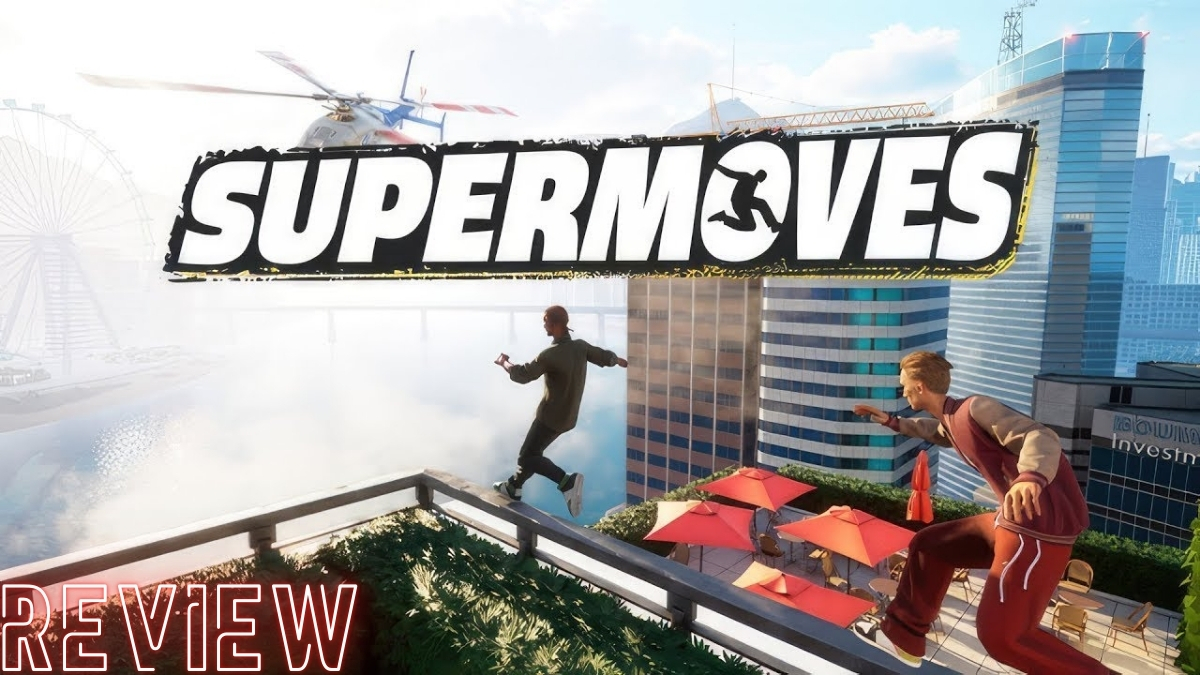A Way Out is an excellent co-op experience and makes for a fun weekend with a pal. If you’re able to look past some rough combat mechanics and don’t go over-analyzing the predictable story line, you’re in for a very enjoyable time.
A Way Out is a co-op only adventure game putting you and a friend in the roles of either Vincent or Leo, two prisoners looking to break free. Not just from prison, either, but from another shared situation that leads to a much more involved story than originally expected. It’s a co-op only experience that requires you and a friend to play via split screen in the same room, or through the game’s online co-op functionality. You cannot play it alone unless you’ve mastered using two controllers at the same time.
At Least One Friend Required
The fact that the game doesn’t let you play solo may be a hindrance for some, since you must play with a friend, acquaintance, or someone you’ve convinced to share anywhere from five to seven hours with you. A Way Out can be played from the same couch on a single console or PC, or via the internet. If playing online, only one player has to own the game, which takes advantage of the Friend Pass system to allow your partner to join for free. Progress is only saved on the owner’s system, however, and achievements and trophies only count for the person who forked out the cash. That’s not a big loss, though, as this is all about the co-op experience, with its core focus being squarely on the interactions of its two main characters and how their human puppet masters are able feed off one another.
The premise behind two prisoners teaming up to escape from captivity lends itself well to a co-op gaming environment. Many of the early moments of A Way Out focus on getting the two players work together in unison, each playing a role specific to the situation. A seemingly simple scenario of one player distracting a guard so that the other can sneak around undetected, has been seen in movies countless times and in itself is not original. Few games in my memory, however, have made this the core substance of gameplay and there is a sense of success and pride when you pull off the task at hand.
A Way Out depicts the world via the eyes of a split screen system throughout nearly the entirety of its life. This worried me, as I’m not a big fan of giving up precious pixels to my friends in 2018. Thankfully, the size of each view port adjusts depending on the situation. Panels slide in and out in a cinematic way that is very reminiscent of movies you’ve seen. It offers players a bit of variety, focus, and a sense of ownership. The movement of the panels is used to great effect, giving each player an angle at the other, while still maintaining their own space of play. On occasions when more than two panels are on the screen, you get the feeling you’re watching a semi-interactive action movie/comic hybrid. It was a cool experience unlike any I’ve had before in video games.
Where Have I Seen This Before?
I’m a little conflicted when it comes to the quality of the story telling in A Way Out. The story as a whole is predictable. There is very little replay value, even though you are faced with deciding between Vincent’s way and Leo’s way at several stages of the experience. Frankly, the choose your own adventure theme falls a little flat. The consequences of your choices are relatively small, only causing minor differences in the path you take to arrive at the same goal. It’s the illusion that your choices will change the outcome when that is often not the case.
Thing is, I didn’t think to be critical of these issues until long after I was finished. Could I have predicted the ending? Sure, if I had thought about it, but not once during the six and a half hours of play time did I pause to think about it. Perhaps that’s because I played from start to finish in a single sitting, something I don’t often get to do. Perhaps that speaks to how well A Way Out immerses you in its story and gameplay. I felt very little need to worry, theorize, speculate, or do anything but enjoy the moment.
I put the game play experience to my friend like this: it feels like playing through an 80s action-adventure movie or watching a summer blockbuster, for those of you too young to understand what an 80s action movie is. It’s a fun ride, a great time, worthy of the price of admission, but you’re not likely to consider it for your Oscar vote. And that’s okay. Not everything has to be complicated to be good. Sometimes The Fast and the Furious is exactly what you need, and this was how I felt with A Way Out. I enjoyed it for what it was.
Just Press Square, Ya Numbskull!
Many tasks in A Way Out require the co-operation of players, none more so than when Vincent and Leo scale a maintenance shaft back to back. Players need to synchronize their button presses in order to progress. Fortunately, the mechanic is quite forgiving and doesn’t punish players too severely for failing. Perhaps one of the best aspects of the co-op experience is that both players don’t need to be veteran gamers. The controls are simple and easy to pick up, so if your friend is at least somewhat capable with a controller, you’ll do just fine. In fact, most of the time, the experience between two friends playing this game is more entertaining than any actual game itself.
On several occasions it felt like participating in an interactive movie. The only time the sense of immersion was truly broken was near the end of the story when combat mechanics reared their ugly heads. I’m not talking about the reasonably decent hand-to-hand fighting controls, but rather the complete lack of aim assist while wielding firearms. Granted, it was near midnight at the time, but I was ready to jump down my buddy’s throat after the third time he got killed while spraying his MP5’s bullets all over the place. This is also when A Way Out decided to no longer provide generous automatic save points, so the fighting dragged on.
Fortunately, the frustrations were relatively short-lived and the overall atmosphere allowed me to look past it for the most part. Graphically, A Way Out makes good use of the “power” provided by the PS4, though I imagine it will look even better on a powerful PC. The art style and direction provides for a very enjoyable ride through our two protagonist’s adventure and is accompanied by solid voice acting and a great soundtrack.
A Way Out is a unique experience. It’s predictable in many ways, but incredibly enjoyable regardless. Is the experience of having a great gaming session with a pal on the couch for several hours worth the price of admission? I think so. As far as true co-op experiences go, I’ve yet to experience anything like it. In that sense, A Way Out stands on its own and deserves all the merits it gets. Pull back the covers and you may find a game that could be better in terms of story, controls, and predictability, but that won’t take away from the fun times you’ve had playing through it. I doubt I’ll experience anything remotely similar to the joy that A Way Out provided any time soon, and for that reason alone, it’s already one of the standout titles of 2018 for me.






Published: Mar 22, 2018 12:16 pm